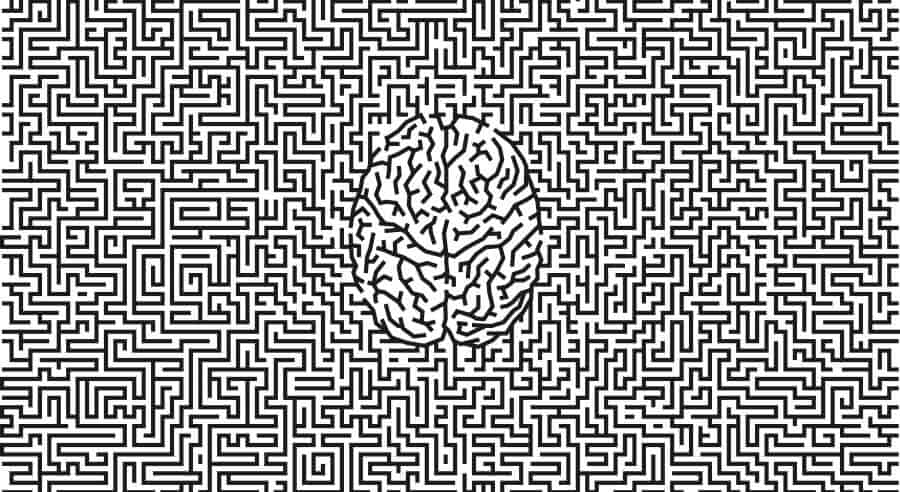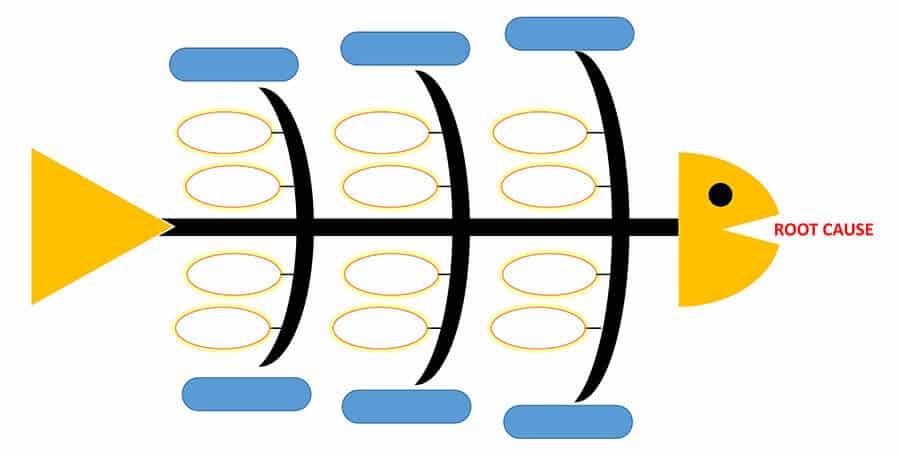With the rise of automation, comes the rise of soft skills. The landscape of work is shifting; and in order to keep up with the change, workers needs to develop competencies that machines won’t tackle. In this series we talk about the top 10 soft skills that will help you thrive in 2020. And today’s skill is complex problem solving or CPS.
What is complex problem solving?
Artificial intelligence has stepped up to solve many problems as well as humans can, with all their brains. AI can recognize emotions, predict crop yields, and spot cancer in tissue slides better than epidemiologists. AI can solve problems that humans can’t – but that also goes the other way around. If a problem is not well-defined and the steps are not clear, people can reverse-engineer an action plan by taking the result apart.

The complexity of a system can be defined as the number of elements and the relations within the system. The more complex something is, the more features are interdependent. When one has a goal but doesn’t know the steps required to reach it, that’s when a problem that needs solving arises. Problem solving can be defined as searching for steps that will lead to a successful outcome. Thus, complex problem solving includes the problem itself and a set of many highly interrelated elements
The concept behind CPS goes back to the German phrase “komplexes Problemlösen”. The concept was first introduced by Dietrich Dörner, a professor of general and theoretical psychology and his colleagues in the mid-1970s. American psychologist Ward Edwards also described CPS as “dynamic decision making” as decisions come in a sequence.
How is a complex problem different from a simple problem?
There are five features traditionally outlined by Joachim Funke, a researcher on CPS from Universität Heidelberg in Germany that define a complex problem.

Complexity of the problem situation
This is defined based on the number of variables you need to take into consideration. A problem solver needs to simplify the problem by reducing it to the essential.
Connectivity between involved variables
In complex problems, the relationship between factors of the problem is not linear but rather radiant, connecting several factors together. If a problem had 50 variables and they were each connected exactly to only one other, the connectivity would be lower than if all the variables were connected to each other.
Dynamics of the situation
This feature explains that if a change is made to one interconnected aspect of the problem, it might activate unintended processes.
Intransparency of the system
Intransparency implies not having all the required information. In this situation, the problem solver needs to seek additional information about the variables to make the picture complete, and this must be pursued with focused initiative.
Polytely or having multiple simultaneous goals
When goals contradict each other or conflict with one another, such situation requires prioritizing the outcomes and compromising.
Four Steps to CPS
A simple step-by-step procedure to solving professional problems has four stages that are outlined below.

Define a problem
What is the goal you are trying to achieve? What’s preventing you from getting the result you want?
Identify various solutions
Branch out and visualize several possible scenarios of how to tackle a problem. What are the possible outcomes?
Choose a plan
Evaluate your ideas against your resources and abilities and eliminate the steps that are least likely to bring you forward. Which option will solve your problem? Which option is the easiest? What should you prioritize?
Implement the idea
Apply the chosen solution and see whether intermediate results align with your final goal. If not, seek an alternative scenario.
In order to better identify solutions and find the root causes of the problems, there are techniques to help you guide your thinking process in the right direction. And one of them is the Hurson’s Productive Thinking Model.
Using Hurson’s Productive Thinking Model
Canadian writer Tim Hurson developed a problem-solving technique known as Hurson’s Productive Thinking Model, which he presented in his book “Think Better”. The model consists of six stages. In each stage you should ask a specific number of questions to emphasize the different sides of the problem in order to reach a better understanding for the best solution.
For designers and creative people, one of the advantages of using this model is that it provides room for creative thinking and allows stakeholders to arrive at creative ways to achieve the target at each stage.
The steps in his Productive Thinking Model
- Ask, “What is going on?” Define the problem and how it’s impacting your workflow, then clarify your vision for the future.
- Ask, “What is success?” Define what the solution must do, what resources it needs, and the factors you will base your success on.
- Ask, “What is the question?” Generate a long list of questions around the goal you are aiming to achieve. When answered, they will solve the problem.
- Generate answers. Answer all the questions in Step 3.
- Outline the solution. Evaluate potentially successful ideas based on the criteria for success from step 2.
- Align resources. Identify people, their skills and additional resources to help you execute the solution.
To give you a better picture of the different stages in the process, use the Fishbone diagram to visualize the goal and the steps towards it.
Draw a Fishbone Diagram to See Cause & Effect
In order to solve a problem completely, you need to look into possible root causes. To better visualize the different steps of how, when, and why a problem occurred, use a Fishbone diagram. This method is also known as an Ishikawa diagram or a cause and effect diagram.

You can either create a diagram using a Smartdraw website or by simply drawing it out on a whiteboard. First you need to agree on a problem statement (effect). Write it at the center right of the whiteboard. Draw a box around it and a long horizontal arrow running to it across the whiteboard. Then brainstorm the major categories of causes of the problem: methods, people, materials, measurement, environment, etc. and write down these categories as branches from the main arrow.
To add detail to each branch, ask “Why does this happen?” and make a note of the reason. Continue asking the ‘Why?’ questions to create more sub-causes to generate a deeper understanding of the processes.
Additional resources on CPS
Complex problem solving is a soft skill that requires a great deal of meticulousness as well as the ability to see a bigger picture. To practice this CPS muscle, here are some of the resources for both theoretical and practical techniques.
- For more practical advice on problem solving techniques, refer to this article. The author breaks down techniques such as asking questions and using diagrams to help you find a solution.
- The “Introduction to design thinking” course will demonstrate how you can use design as a way of thinking to provide strategic and innovative advantages within your profession. The course focuses on design thinking, design making, and design breaking to provide a better picture for CPS approaches.
- Additionally, A Harvard innovation course CPS lecture by Prof. Ricketts will help you to navigate in the decision-making process of CPS.
- For critical thinking and its applications to problem solving, watch this TED talk by Tom Wujec, who walks you through a simple design exercise devoted to making toast.
Read more on the importance of honing soft skills.
Photos: Shutterstock
Support us!
All your donations will be used to pay the magazine’s journalists and to support the ongoing costs of maintaining the site.
Share this post
Interested in co-operating with us?
We are open to co-operation from writers and businesses alike. You can reach us on our email at [email protected]/[email protected] and we will get back to you as quick as we can.










